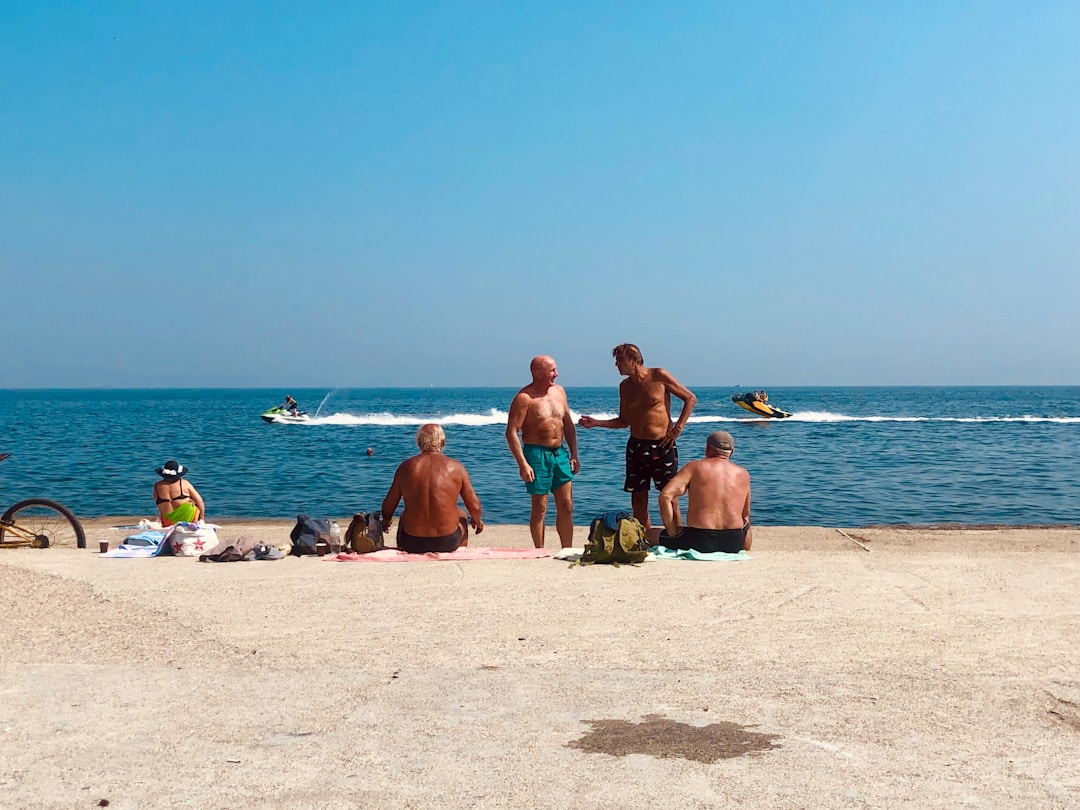While many people hear “skin cancer” and think it isn’t as bad as other forms of cancer because they have been told that it’s widely treatable, they may not understand that there are multiple forms, and some are far deadlier than others. Further, it is believed that one in five people will develop skin cancer by age 70. With the risk of developing it so high, you may be wondering how to prevent it for yourself and others.
Here are a few ways to help prevent the development of skin cancer.
See a dermatologist when there is a concern.

While this type of cancer may appear differently on different people, it is critical to be aware of the appearance of your skin and any marks. Marks may include what you believe to be moles, birthmarks, warts, or skin tags. While these types of marks are relatively common, it is essential to know their size, color, and overall look. When marks you’ve had started changing in appearance, you need to see a dermatologist to have them checked. Likewise, if marks appear where you didn’t previously have any, you should make an appointment. The new or changing marks may be completely harmless, but you won’t know unless you have them checked. While this may not fall under the prevention category, early detection is the best form of defense when fighting cancer. If you don’t have a doctor to go to, you can find one with a local online search. For example, type “dermatologist in Ankeny” to find a dermatology clinic in the Ankeny area.
Pursue a career in helping to educate others.

Suppose you feel called to become a health educator or start a public health program that would work with those at risk of developing this type of cancer. In that case, you can get your bachelor’s degree in public health and become a public health professional. A public health degree covers many areas of educating and assisting the public, including epidemiology and environmental health, and working in this field will allow you to explore and explain the risks to others so that you can work on community-wide prevention. Some community educators conduct free learning opportunities, provide free sunscreen to families, or conduct workshops in local schools to teach children how to play safely in the sun. There is a wide range of creative ways to work within the community to reduce risks.
Avoid common risk factors.

The best prevention for you and your family is understanding the most common risk factors and avoiding them. For example, unprotected sun exposure has been directly linked to the development of certain types of cancer, so keeping your skin covered or using a high-quality sunscreen will reduce your personal risk. Ensuring that your close friends and family also use sunscreen or stay covered will reduce their risk as well, and making sure you always have sunscreen, hats, and sun covers in your vehicle will protect you from unexpected sun exposure. Avoiding tanning beds will also significantly reduce your risk, as the light exposure used in tanning beds is linked to the development of certain cancers.
While not all cancers can be prevented, skin cancer can usually be avoided with proper care. The most significant risk factor for skin cancer is unprotected sun exposure, so the simple act of consistently wearing sunscreen will reduce the risk. Learning more about the different types of cancer and going to the doctor when a new spot is identified or an existing mark on the skin starts to change will provide early detection, increasing the chances of successful treatment.

